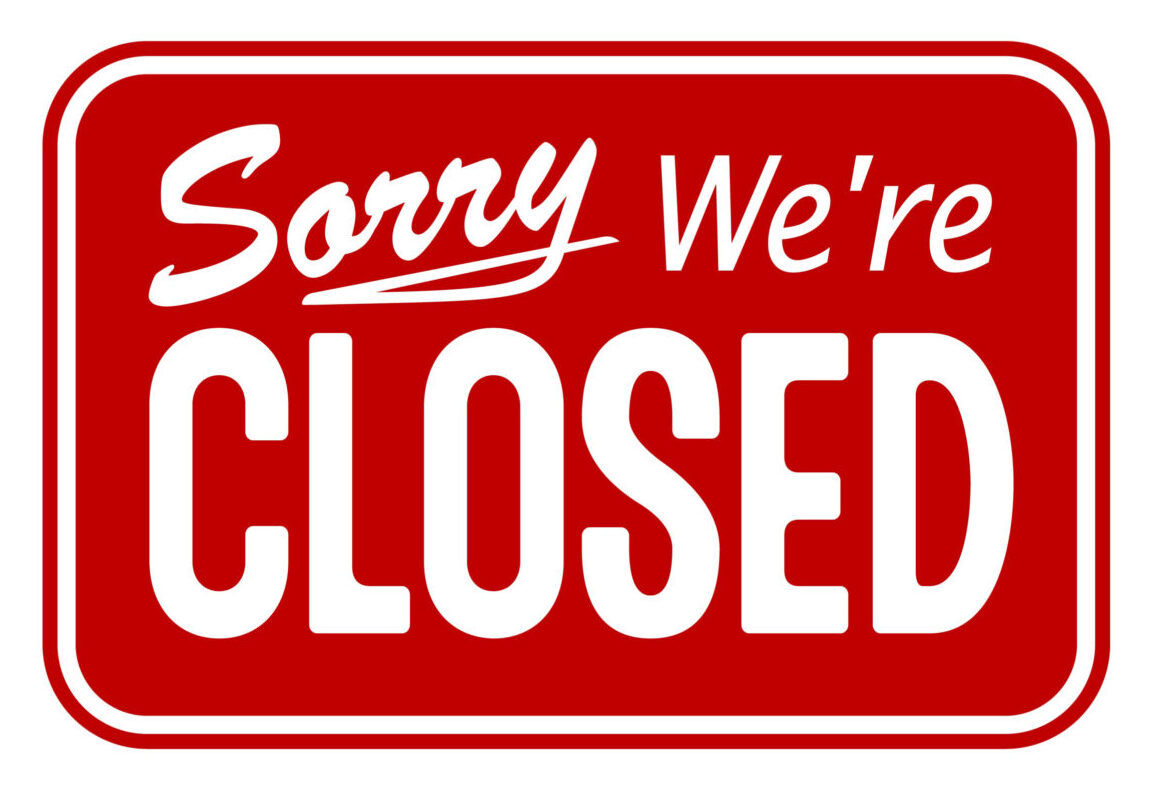The new year is a few days away. Are you ready to create the demand you’re going to need to make your number in 2024?
We think of the demand that you create as the fuel you put in your tank to propel the growth of your company. Indeed, we are living in a world where the only demand that you are going to be able to count on is the demand that you and your team proactively create.
A Buyer’s Market
I’m sure you saw the recent article in the Wall Street Journal about the state of the advertising business. Let’s face it, we are swimming in inventory. Everyone who is already in the space is coming out with new offerings and the companies that are not in the space can’t wait to jump in.
Just look at retail media. The growth in that sector alone is so dramatic that the spending is expected to exceed all of traditional television and CTV combined within the next five years. Did you ever imagine you were going to be competing against all those retailers?
To complicate matters, the trend is for brands and advertising agencies to engage with fewer and fewer partners. In the programmatic realm, the Association of National Advertisers (ANA) is calling for a dramatic reduction in the number of partners their members use. The situation is similar at the local level. According to Borrell and Associates, the number of partners that local buyers engage with has dropped from 8 to 1 in the last five or six years.
When you combine unlimited supply with a reduction in advertising partners, what you get is a buyers’ market.
No time like the present to look ahead and consider whether your company is poised to create enough demand to reach the goals you have set for 2024.
To that end, we have three recommendations we want you to consider.
#1. Spend more time – literally more minutes – proactively creating demand.
When we talk about proactively creating demand, we’re not talking about vague concepts like “we need more hustle,” which just increases activity. We are talking about proactive, deliberate, repeatable behaviors that you and your team can engage in to get a customer to give you a new project that they had not given you before.
Think about a 30-minute meeting between a member of your commercial organization and one of your customers. Try to objectively analyze what is currently happening in those conversations. How much time is being dedicated to satisfying demand, for example in response to an RFP? Then, how much time is being invested in maximizing demand, for example, discussing an idea that might cause the client to spend more money than they originally intended to spend? Finally, how much time is being dedicated to the proactive creation of demand, like exploring other projects the client is working on that your company might help them with?
The task becomes easier if you are currently using a tool like Gong – one of our favorite coaching tools. You could literally dissect the transcript of the meeting to take stock in what is really happening out in the field.
No matter how much time you are investing in the creation of demand, increase it.
#2. Proactively create demand within your Key and Target Accounts.
Currently, the overwhelming majority of the proactive creation of demand is focused on the pursuit of new customers, new logos. Of course, you want new customers. But we’ve done a lot of research in this area and the problem with the typical new business effort is that it attracts small new clients. They start small, stay small and most will be gone by the end of the year.
There is a huge opportunity cost in time not spent creating demand within your largest clients (Key Accounts) and largest prospects (Target Accounts). Let’s look at it from a competitive point of view. As we go into 2024, which customers do you want to make sure don’t get stolen by a competitor? The big ones or the little ones? The answer of course is the big ones. Well, one of the best ways to protect your current Key accounts is by making sure you are proactively creating demand within them, making sure that they’re giving you new projects that they hadn’t given you before. The more projects they give you, the less likely it is that they are going to churn.
#3. Change the conversation to focus on the client.
The most common way for companies in media and adtech to create demand is by displaying their menu of tools. This is especially true when the company has a new offering. It is, after all, rational. When you have a new product or service that you are excited about, you want to make everyone aware of it.
However, we are proposing a different way to proactively create demand. We are talking about creating demand by looking for opportunities within the client. What challenges are they facing? What is their competitive situation? What opportunities do they have that they may not be taking advantage of? What are their dreams? What are their aspirations? What projects are they working on that we can help them with?
When you are engaging with larger clients and prospects, it is not enough to focus on the tools you want to sell them. You need to invest time in understanding their business so you can uncover projects you can help them with.
In our experience, following these three recommendations will put the growth goals you are reaching for closer to your grasp.
That is our best advice.
Happy New Year!



